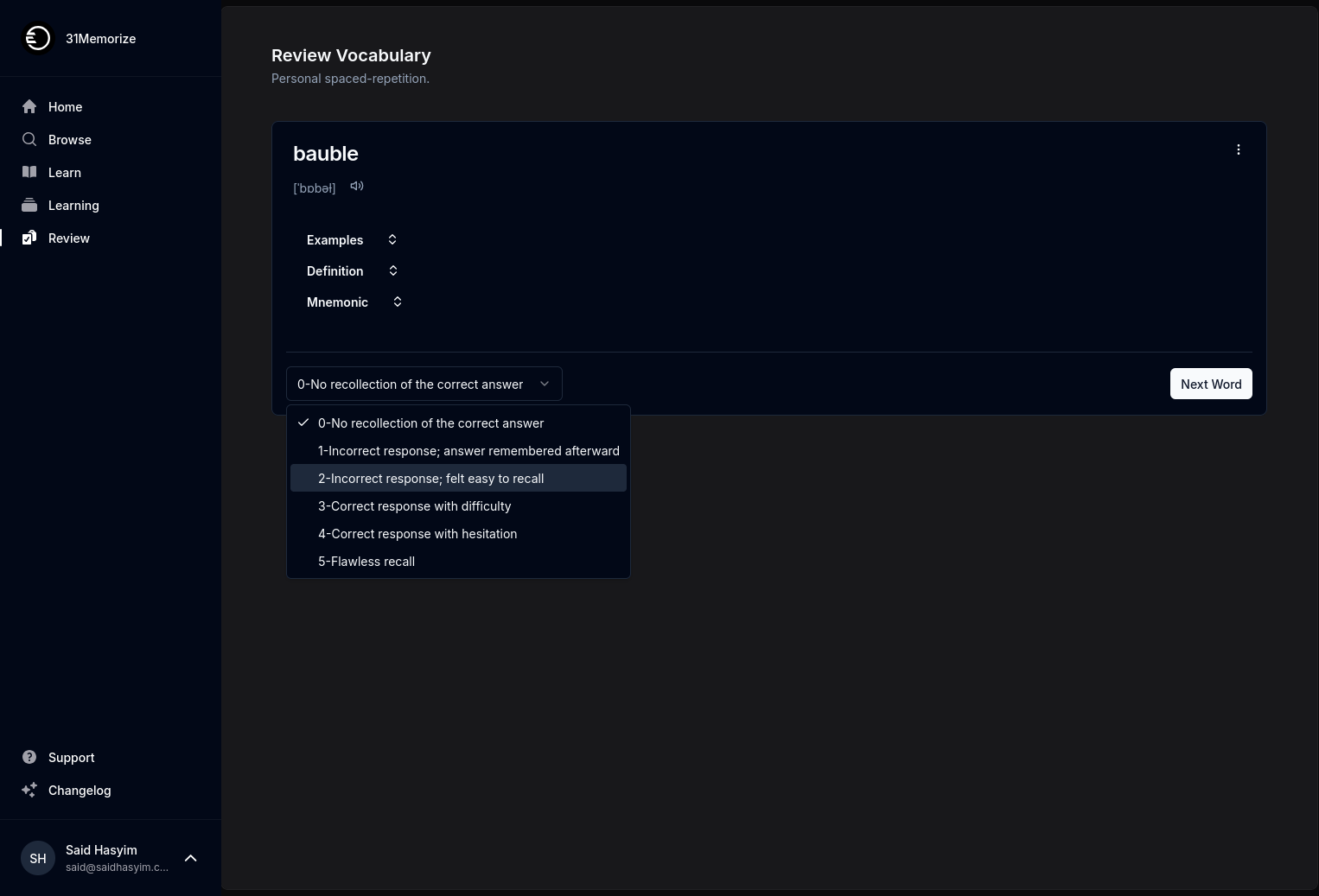Understanding Review Sentiment for Strategic Growth
In today’s fast-paced digital landscape, businesses are increasingly recognizing the importance of customer feedback. Reviews are not just numerical star ratings; they encompass rich narratives that reveal what customers genuinely think about a product or service. Understanding review sentiment can provide valuable insights that drive strategic growth.
In this blog post, we will delve into what review sentiment is, why it matters, and how businesses can leverage it for growth. Let’s get started!
What is Review Sentiment?
Review sentiment refers to the emotional tone conveyed in customer feedback. It can be classified into three main categories:
- Positive Sentiment: Reviews expressing satisfaction, delight, or enthusiasm toward a product or service.
- Neutral Sentiment: Reviews that provide factual information without strong feelings, often summarizing the experience without a clear positive or negative stance.
- Negative Sentiment: Reviews highlighting dissatisfaction, disappointment, or frustration with a product or service.
Review sentiment analysis employs various tools and technologies, including natural language processing (NLP), machine learning, and artificial intelligence, to assess customer feedback at scale. This allows businesses to process and categorize vast amounts of reviews effectively.
Why Review Sentiment Matters
1. Builds Brand Reputation
Positive reviews can significantly influence brand perception. A higher number of favorable reviews can strengthen a brand's image, attract new customers, and foster loyalty among existing ones. By understanding which aspects of your product or service elicit positive reactions, you can continue to enhance those areas.
Conversely, negative sentiment can harm your reputation. Analyzing the reasons behind negative reviews allows you to address concerns proactively, demonstrating to customers that you value their feedback. This responsiveness can lead to improved customer trust and loyalty.
2. Identifies Areas for Improvement
Analyzing negative and neutral reviews can uncover specific pain points that customers encounter. Creating an actionable feedback loop helps pinpoint weaknesses within your offerings and services.
For instance, if multiple reviews mention a particular feature that is difficult to understand or use, this could guide you toward an improvement project. Ignoring these insights could result in lost customers and reduced sales.
3. Informs Product Development
Customer feedback is a goldmine for innovation. By identifying trends in review sentiment, businesses can prioritize features or services that resonate with customers, leading to enhanced product offerings.
If certain attributes of a product consistently receive praise, consider incorporating similar elements into future products. On the flip side, consistent critique of particular features can guide you in deciding what to discontinue or revamp.
4. Enhances Customer Engagement
Engaging with customers who leave reviews—both positive and negative—enhances relationships and loyalty. Responding to positive feedback acknowledges customer satisfaction, while addressing negative feedback demonstrates your commitment to improvement.
This level of engagement can encourage repeat business and create brand advocates who share their experiences, ultimately contributing to organic growth through word-of-mouth marketing.
5. Facilitates Competitive Analysis
Understanding sentiment not only about your own products but also regarding competitors can provide a strategic advantage. Sentiment analysis allows you to identify strengths and weaknesses related to your competitive landscape.
By studying competitors' reviews, you can recognize features that attract customers or prompt discontent. This information can inform your strategy, allowing you to differentiate your offerings in ways that provide added value.
How to Leverage Review Sentiment Analysis for Growth
1. Implement Sentiment Analysis Tools
To make the most of review sentiment, businesses should invest in sentiment analysis tools capable of processing large volumes of data. Many platforms use machine learning models to classify and analyze sentiment in reviews, providing actionable insights.
These tools can help businesses track sentiment trends over time, enabling you to measure the effectiveness of changes made based on customer feedback.
2. Train Teams on Review Interpretation
Your teams—whether in marketing, product development, or customer service—should be well-versed in interpreting review sentiment. Conducting workshops or training sessions can help enhance understanding and usability of sentiment analysis.
Make sure the insights generated from review sentiment analysis are shared across departments, fostering a culture of understanding customer needs and concerns.
3. Create a Customer Feedback Loop
Establish a systematic approach to solicit customer feedback consistently. This could be through post-purchase surveys, follow-up emails, or direct requests during customer interactions.
The data collected should be analyzed and systematically shared with relevant teams to fuel ongoing improvements and to keep the feedback loop dynamic and responsive.
4. Adapt Your Strategy Based on Insights
Utilize insights from review sentiment to revise your marketing strategies, product roadmaps, and customer service protocols. Regularly check if sentiment aligns with your business goals and adapt your strategies accordingly.
If analysis reveals that customers overly value convenience and ease of use, consider emphasizing these traits in your marketing messaging to align with your audience's preferences.
5. Emphasize Transparency
Being transparent about how you’re addressing the feedback you receive is critical. Share updates with your customers about changes you’re making in response to negative feedback or how you’re building on positive sentiment.
This transparency can reinforce customer trust and loyalty, encouraging ongoing feedback that ultimately leads to strategic growth.
Conclusion
Understanding review sentiment is more than just knowing whether customers are happy or dissatisfied. It is a strategic advantage that businesses can leverage for growth. By actively analyzing and responding to customer sentiment, companies can improve offerings, enhance reputation, and foster stronger connections with their audience.
As customer behaviors continue to evolve, so too should your strategies for engaging with them through analysis and actionable insights. With a keen focus on review sentiment, you can drive sustainable growth and ensure that your business thrives in an ever-competitive market.
Are you ready to take a closer look at your customer reviews? The insights are waiting to be uncovered!
